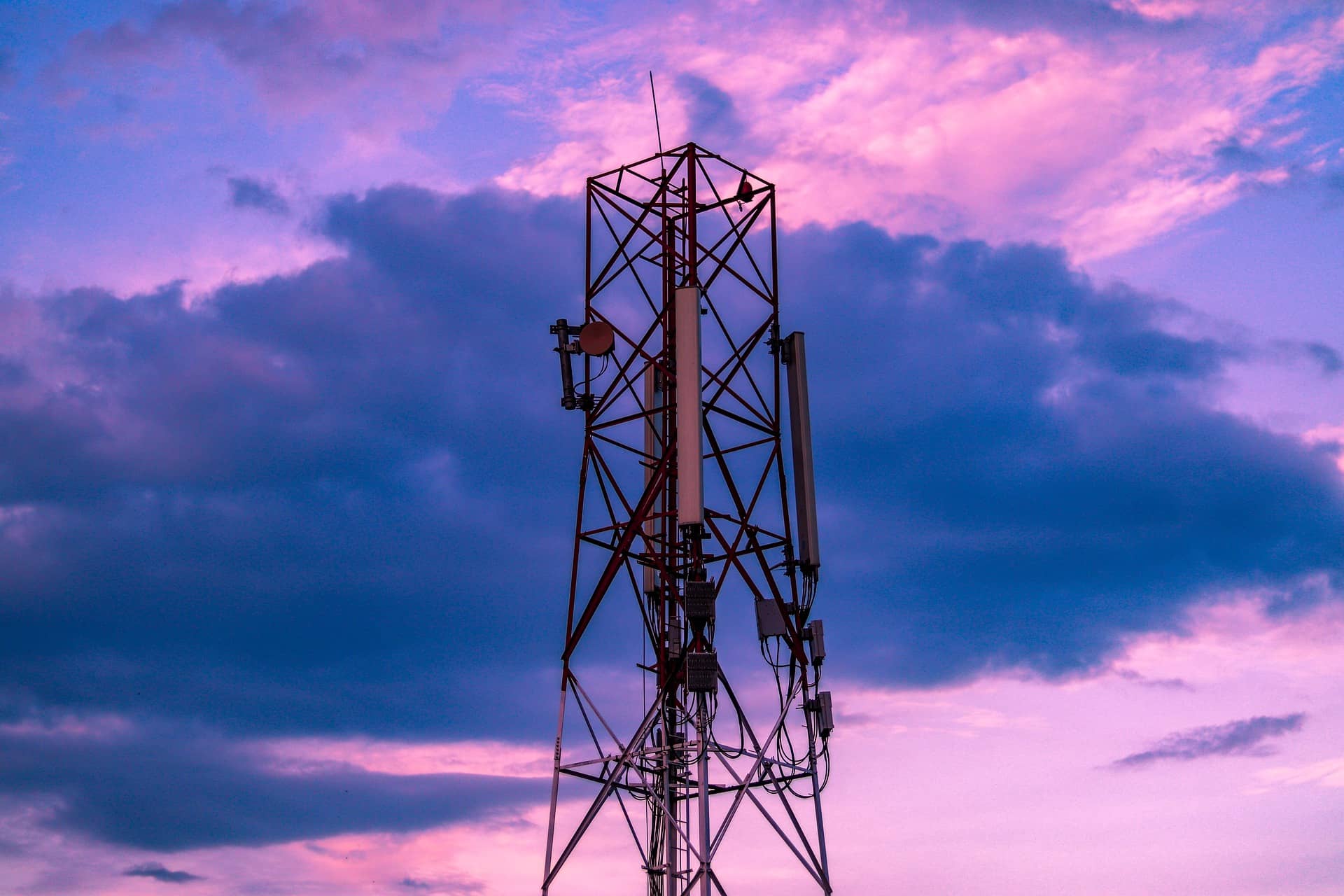NEWS
National Telecommunications and Information Administration (NTIA) has awarded 23 new grants aimed at deploying broadband on tribal land and improving accessibility
Back in November 2021, President Joe Biden signed the far-reaching Infrastructure Investment and Jobs Act (IIJA) into law, pledging to invest around $550 billion in federal funding to improve America’s physical and digital infrastructure, from roads to fibre networks.
Of this total, around $65 billion has been earmarked to help extend affordable, reliable, and high-speed internet access to everyone in America, with a particular focus on helping the most digitally underprivileged demographics in the country.
One such group, facing a disproportionate risk of digital exclusion – particularly in the wake of the coronavirus pandemic – are the Tribal communities within the US. While Federal Communications Commission data from 2019 showed that fixed broadband services were accessible for 95.6% of the US population, just 79.1% of people on Tribal lands had similar access. To make matters worse, only 46.5% of Tribal households with access to broadband services had adopted these services.
As a result, the Tribal Broadband Connectivity Program (TBCP) was set up in 2021, aiming to help improve not only the availability of broadband infrastructure in these communities, but also the digital skills to fully benefit from the technology.
The TBCP was backed by an initial allocation of $980 million from the Consolidated Appropriations Act 2021, which was signed into law the same year. The aforementioned IIJA, which was codified a few months later, allocated a further $2 billion to the TBCP, bringing the total available funds to almost $3 billion.
Since then, the NTIA has been gradually releasing the funds to Tribal communities and organisations, following an application process (which was, ironically, criticised for being inaccessible due to lack of broadband availability).
This week, the NTIA has announced its latest batch of grants as part of TBCP, awarding 23 grants worth over $601.6 million.
Communities and organisations in fifteen states will benefit from the grants: Alaska, Arizona, California, Colorado, Kansas, Minnesota, Montana, North Dakota, Nebraska, Oklahoma, Oregon, Texas, Utah, Washington, and Wisconsin.
The largest grant, worth $52.5 million, was given to Calista Corporation, a Tribal organisation planning to help deploy fibre for 10 villages in Alaska.
“We are making an historic investment in Tribal communities to ensure reliable, affordable high-speed Internet for all,” explained Secretary of Commerce Gina Raimondo. “These grants – made possible by the Bipartisan Infrastructure Law – underscore President Biden’s commitment to closing the digital divide in the United States, especially within Tribal lands. Today’s awards will not only build high-speed Internet capacity within Tribal Nations, but also bring digital opportunities for good-paying jobs, education, and healthcare.”
These latest grants bring the total of allocated funds to roughly $1.35 billion, with additional grants to be announced on a rolling basis over the coming months.
To what extent are Tribal lands at risk of falling below the digital divide? Join the discussion live in Texas at the upcoming Connected America conference
Also in the news:
Understanding the telco’s role in the IoT market
Startup Stories: A new approach to telecoms consultancy
MTN Group joins the Telecom Infra Project’s Board of Directors

